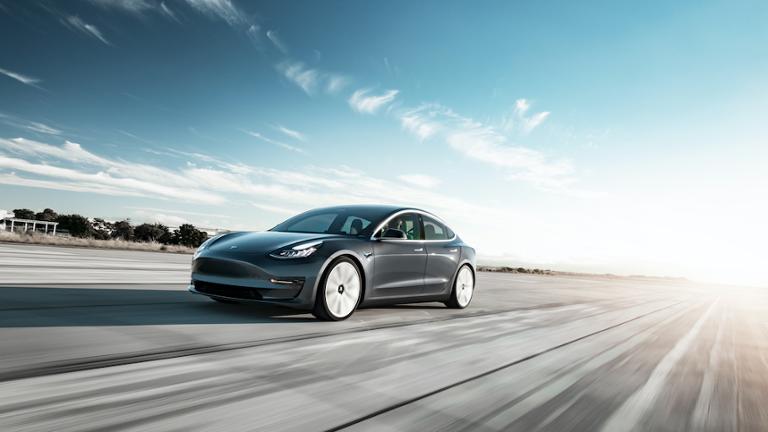If you listen to automakers, the future is autonomous driving. However, that technology still has a long way to go before humans can fully trust their vehicles to seamlessly drive them from Point A to B. In the meantime, the car companies need software engineers for a variety of vital roles, from building dashboard-screen software to making sure that drivetrain sensors effectively communicate.
Last year, we used crowdsourced compensation data from levels.fyi to compare what Tesla and General Motors paid their respective software engineers. At the time, it looked like Tesla and GM were on something of a collision course, strategy-wise; Tesla CEO Elon Musk was claiming that “full self-driving” was an imminent feature in his company’s vehicles, while GM made it clear that it would pour tons of resources into its autonomous-vehicle efforts. The future, it seemed, hinged completely on whether the companies’ software engineers could effectively utilize their skills in computer vision, machine learning, and other disciplines to create cars that could truly deal with all kinds of unexpected scenarios on the road.
Nine months later, we’re not much closer to that dream of full autonomy. However, there’s another twist to the narrative that’s well worth examining: GM is pumping lots of resources and attention into a self-driving division, known as Cruise. Honda, SoftBank, and other firms have invested significant cash into Cruise, and GM has pledged that it will give the division the independence it needs to do radical, perhaps world-changing things.
What’s clear from levels.fyi’s data is that software engineers at Cruise make more than their equivalents of Telsa, and both of these firms pay their software engineers more than General Motors. Take a look at the chart (and check out the original data here):
Last year, when we pointed out that General Motors paid its software engineers appreciably less than those at Tesla, some readers responded with some very good points about the pay discrepancy, pointing out that General Motors is headquartered in Michigan, where the cost of living is far below that of California, where Tesla is based. A software engineer pulling down a little under $100,000 in the Detroit area, in other words, has buying power that a better-compensated engineer in San Francisco or Silicon Valley might not.
But Cruise changes the equation somewhat. If we take the levels.fyi data at face value—and the site’s data generally seems to align with the crowdsourced compensation data presented by other sites, including Glassdoor—then it seems the startup can go toe-to-toe with Tesla in terms of salary and bonus.
Best of all for GM, if other entities can invest in Cruise, then it doesn’t need to shoulder the financing burden by itself; it gets all the benefits of the technology without the full bill.
Meanwhile, Google, Uber, and other firms are also pursuing autonomous driving, with varying degrees of success; Waymo, Google’s autonomous-driving spinoff, is testing self-driving taxis in Phoenix and Silicon Valley. Uber likewise has (long-gestating) plans for autonomous taxis, although the company hasn’t announced any big updates in quite some time.
If you’re interested in autonomous-vehicle engineering as a career, there are several resources out there that can help. For example, Udacity offers a self-driving car engineer nanodegree, and Udemy and Coursera have similar coursework. There’s also pretty advanced MIT coursework, “Deep Learning for Self-Driving Cars.”


